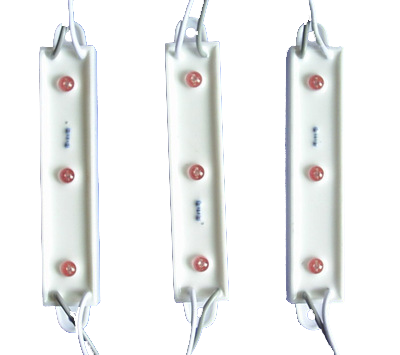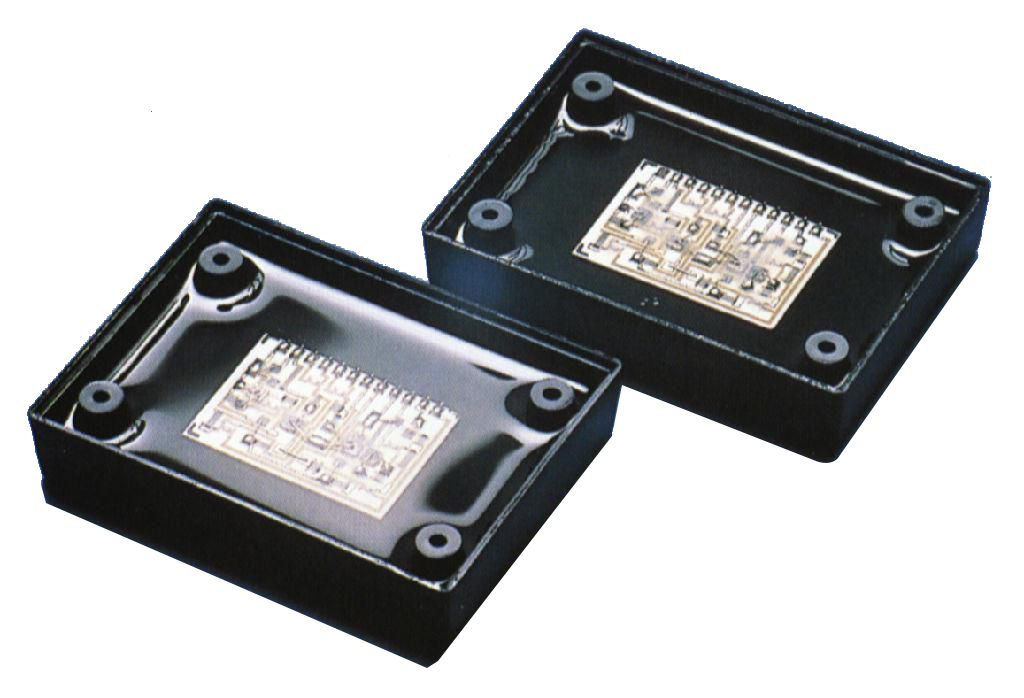What are the advantages of potting compound for PCB boards
There are three kinds of PCB board potting glue on the market, polyurethane potting glue, epoxy resin potting glue and silicone potting glue. So, what's the difference between them? How to distinguish when choosing? The following is a detailed analysis of the advantages and disadvantages of the three potting adhesives by AYAAON.
Epoxy Resin Potting Glue
Advantages: epoxy resin potting glue has high hardness. The advantages of epoxy resin potting adhesive are good adhesion to materials, good insulation, and good acid-base resistance of cured products. Epoxy resin generally has a temperature resistance of about 100 ℃. The material can be used as a transparent material with good light transmittance. The price is relatively cheap.
Disadvantages: weak resistance to cold and heat changes, easy to produce cracks after being impacted by cold and heat, resulting in water vapor penetrating into electronic components from the cracks, and poor moisture-proof ability; After curing, the colloid has high hardness and brittleness, and high mechanical stress is easy to pull electronic components; Once the epoxy resin is potted and cured, it cannot be opened due to its high hardness, so the product is a "lifetime" product, and it is impossible to replace components; Transparent epoxy resin materials generally have poor weather resistance and are prone to yellowing under light or high temperature conditions.
Application: generally used for potting non precision electronic devices such as LED, transformer, regulator, industrial electronics, relay, controller, power module, etc.

Polyurethane Potting Glue
Advantages: polyurethane potting glue has excellent low-temperature resistance, and the material is slightly soft. It has good adhesion to general potting materials, and the adhesion is between epoxy resin and silicone. It has good waterproof, moisture-proof and insulation properties.
Disadvantages: poor high temperature resistance and easy to generate bubbles, vacuuming must be adopted; After curing, the colloid surface is uneven and has poor toughness. Its anti-aging ability, anti-seismic ability and ultraviolet ray are weak, and the colloid is easy to change color.
Application: generally used for potting electronic components with low calorific value. Transformer, anti current coil, converter, capacitor, coil, inductor, rheostat, linear engine, fixed rotor, circuit board, led, pump, etc.

Silicone Potting Glue
Advantages: the material of silicone potting glue is soft after curing, and there are two forms of silicone elastomer and silicon gel, which can eliminate most of the mechanical stress and play a role in shock absorption and protection. It has stable physical and chemical properties, good high and low temperature resistance, and can work for a long time in the range of - 50 ~ 200 ℃. Excellent weather resistance, can still play a better protective role in outdoor for more than 20 years, and is not easy to yellowing. It has excellent electrical performance and insulation ability. After potting, it can effectively improve the insulation between internal components and lines, and improve the stability of electronic components. It has excellent repair ability, and can quickly and conveniently take out sealed components for repair and replacement.
Disadvantages: poor bonding performance.
Application: suitable for potting all kinds of high-end precision / sensitive electronic devices working in harsh environments. Such as LED, display screen, photovoltaic materials, diodes, semiconductor devices, relays, sensors, automobile ballast HIV, on-board computer ECU, etc., which mainly play the role of insulation, moisture-proof, dust-proof and shock absorption.
![]()
Among the many PCB electronic potting adhesives, each has its own advantages and disadvantages. How to choose the electronic potting adhesive you need. Of course, we should first clarify the characteristics and requirements of our own products, and purchase suitable products according to our own process requirements.

